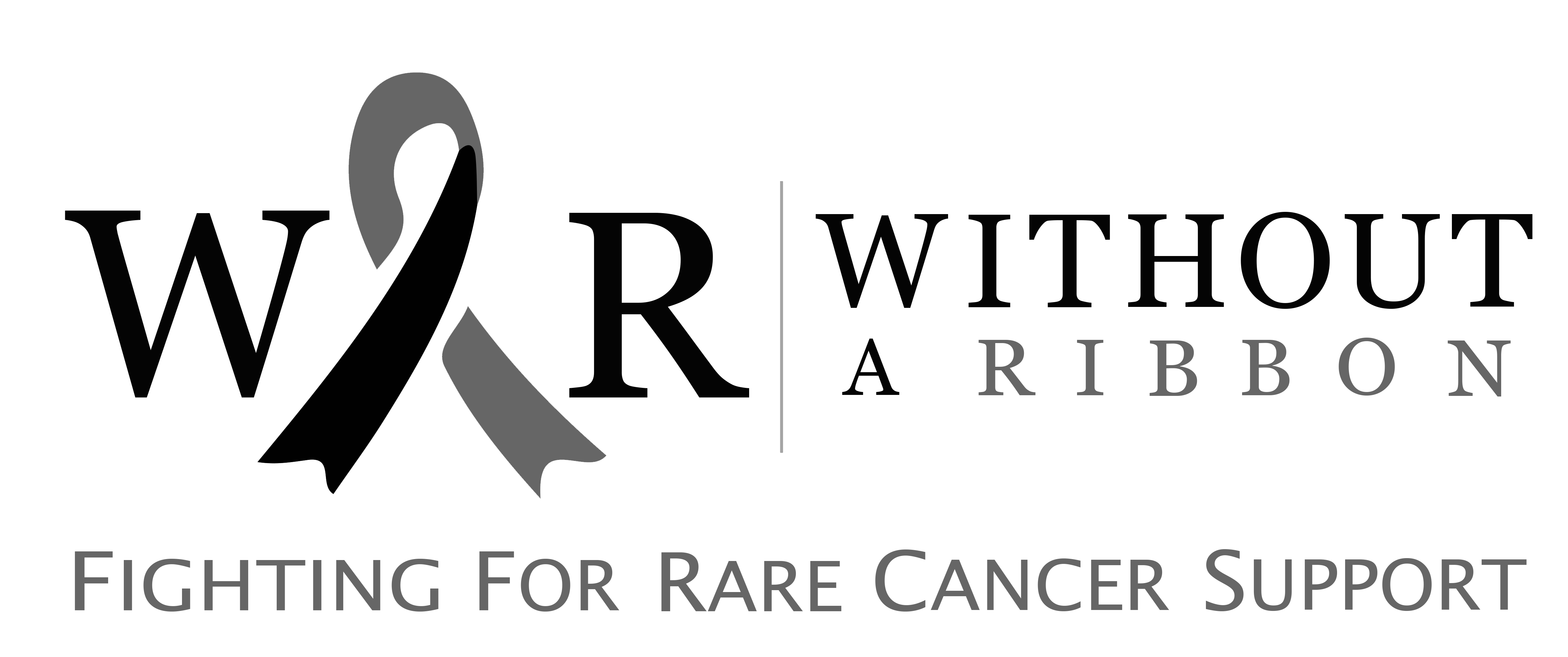What is Castleman’s Disease?
Castleman’s disease is an unusual disorder of the immune system in which excessive growths or masses form in the lymph nodes of the body. It can develop in people of any age.
There are mainly 3 types of Castleman’s disease. These are categorized below
- Unicentric Castleman’s disease is an uncommon immunological disease that affects the lymph nodes in one region of the body. Unicentric Castleman’s disease is manifested by enlarged lymph nodes in one area. The patient may be asymptomatic or have various signs and symptoms.
- The second type is multicentric Castleman disease associated with human herpesvirus 8 (HHV-8), which involves enlarged lymph nodes in several regions of the body. The patient may suffer from flu-like symptoms, abnormal blood counts, and dysfunction of vital organs. This usually occurs in people with a weakened immune system (who have a weakened immune system to fight off infection), such as people who have been infected with the human immunodeficiency virus.
- Type 3 is negative or idiopathic (disease of unknown cause) herpesvirus 8 (HHV-8), multicentric Castleman’s disease, it also causes swollen lymph nodes in several areas of the body and can cause flu-like symptoms, abnormal blood counts, and dysfunctional vital organs such as the liver, heart, and kidneys.
Disease Etiology (Causes)
There is no well-known cause, but there has been a strong association between human herpesvirus infection and the development of multicentric Castleman’s disease.
Signs and Symptoms
The patient may suffer from the following signs and symptoms. These are
- Fever
- Night sweats
- Weight loss
- Fatigue
- Nausea
- Vomiting
- Swollen lymph nodes
- Enlargement of the liver and lymph nodes
Diagnosis
The following diagnostic techniques and procedures can be used to make a diagnosis. These are
- Imaging techniques such as USG, CT scan, PET scan, and MRI can be used to detect the site, size, and extent of the tumour.
- Complete blood count (CBC) to detect anemia (lower red blood cell count or oxygen-carrying capacity of the blood), and thrombocytopenia (Abnormally low levels of platelets). Platelets help in blood clotting in the event of an injury or cut.
- Liver function tests (LFTs)
- Serum Urea and creatinine
- C-Reactive proteins
- Test for lactate dehydrogenase and Interleukin-6
- Anti-nuclear antibody test (ANA)
- Lymph nodes biopsy and histopathology
Treatment
Large surgical excision of the enlarged lymph nodes is the main treatment option for Castleman’s disease.
What Support can we Give for Castleman’s Disease?
Castleman’s Disease is a rare cancer, meaning it is not as well known as other forms of cancer. Without a Ribbon is an Australian organisation that provides support for individuals who suffer from rare cancers. So, we provide a designated platform for Warriors to obtain information specific to their Rare Cancer. We also provide annual opportunities for our Warriors to meet and learn from each other. If you suffer from rare cancer such as Castleman’s Disease we can help and support you through your journey thanks to the generous donations we receive. Click the link below to sign up and become a Warrior today!
You can help us with your donation:
Without a Ribbon is a charity that works hard to aid those who suffer from rare cancers. You can help our cause in a variety of ways:


